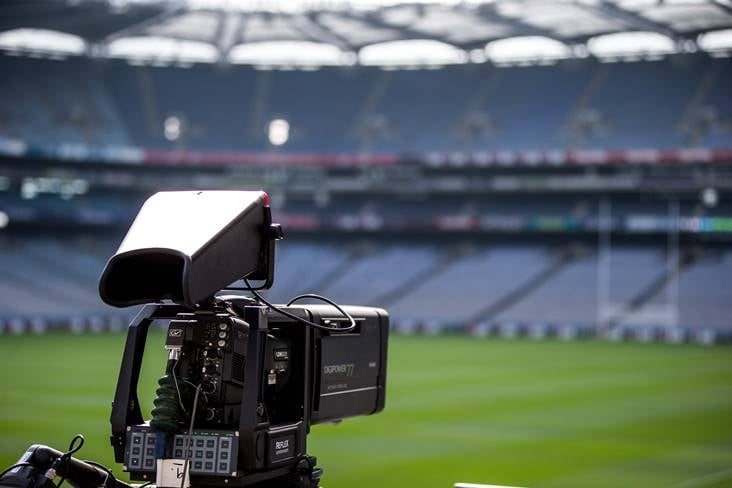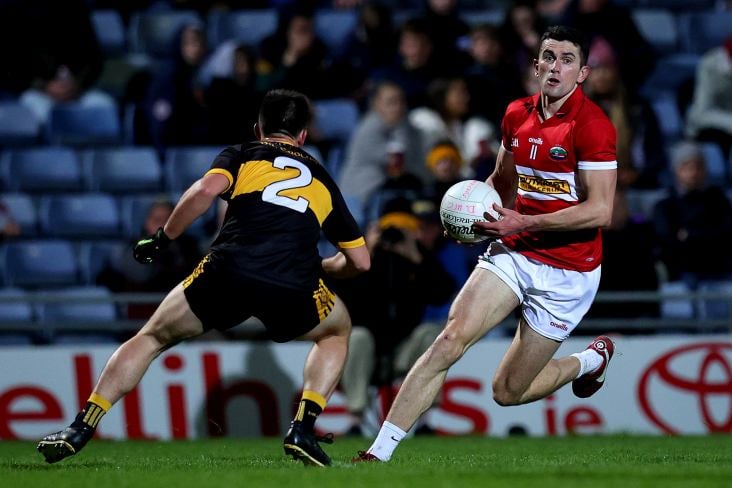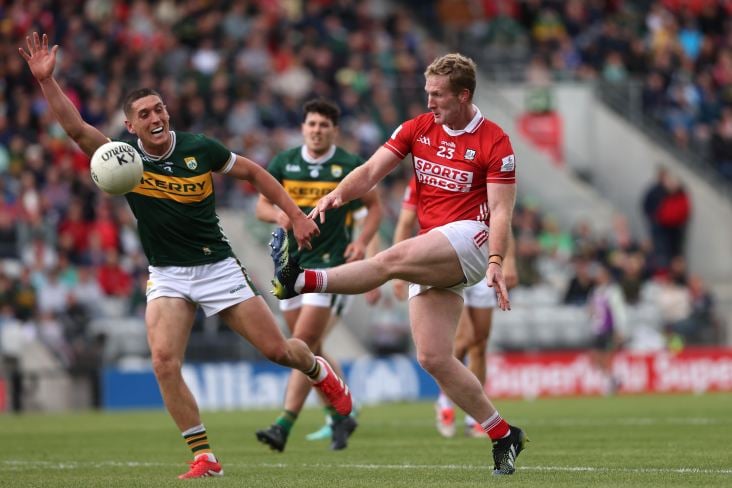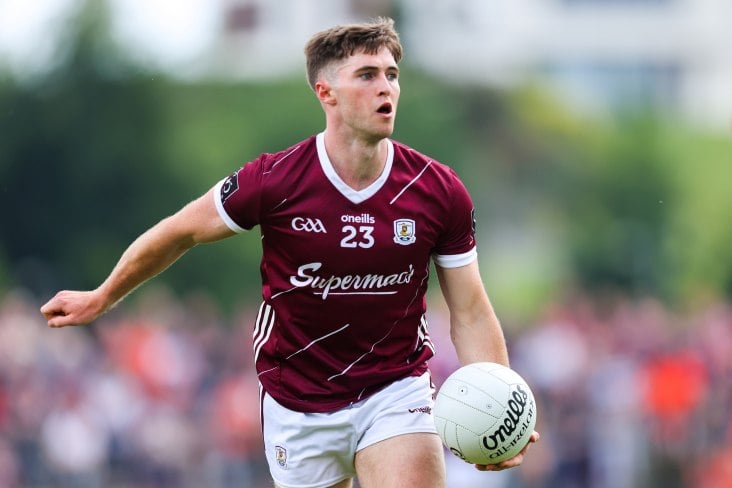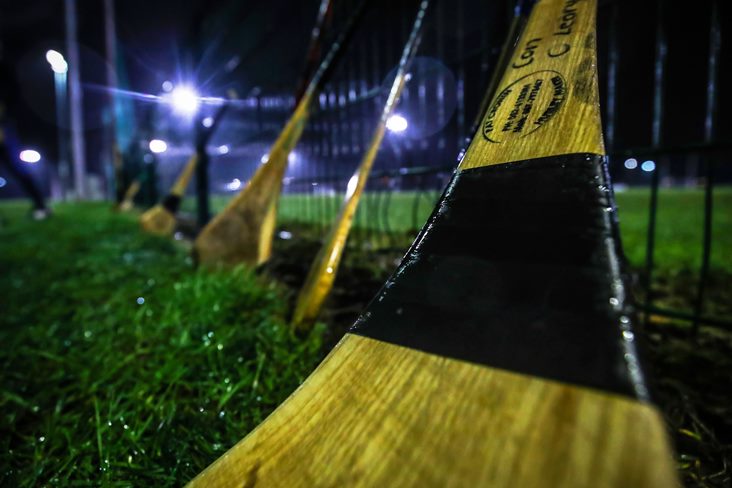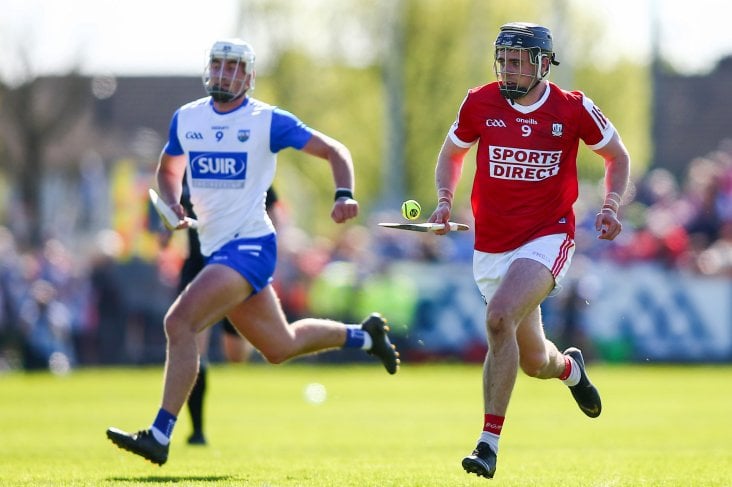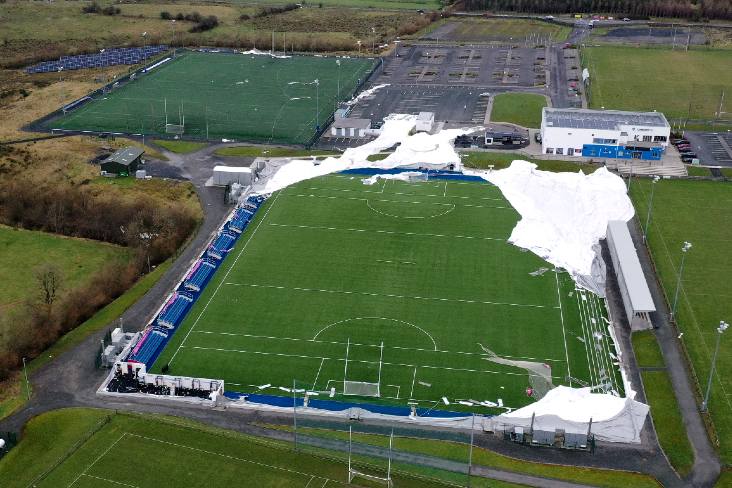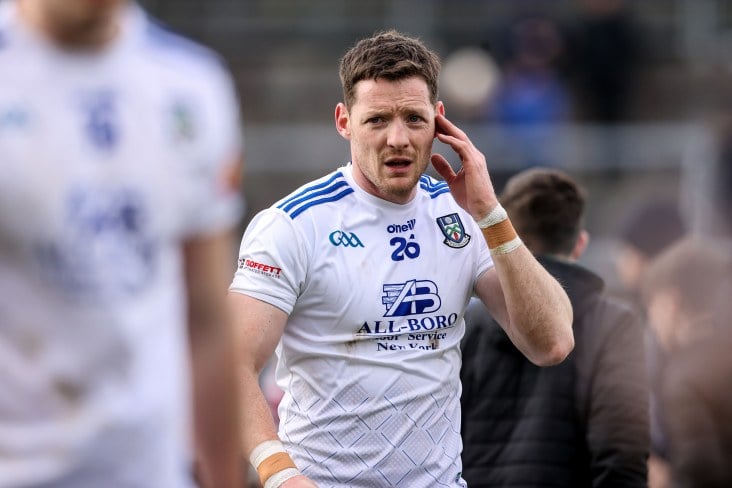Royal Spur
November 27, 2010For many Irish sports fans, the events on the GAA fields of Ireland and professional soccer across the Irish Sea are somewhere close to interchangeable. The staunch Meath supporter sitting in the Hogan Stand on an August Sunday afternoon might easily, 24 hours earlier, have had his eyes glued to Sky Sports to keep tabs on his other great love: Manchester United, or Liverpool, or Spurs.
To the supporters, they are sports teams, providing entertainment and a sense of affiliation, of belonging. But on either side of the Irish Sea there are different planes of existence at play, stratospheres apart: the über-professionals on the one hand, earning in a week several multiples of the Average Joe's annual salary and courting celebrity status the world over; the amateurs on the other, given a day off work, or perhaps two, following a big championship match.
While the preparation of teams in Gaelic games has often been described as "professional", it would appear to have a long way to go to match the real professionals, with their squads of coaches, drills of doctors, legions of analysts.
One such analyst is someone who knows both sides of the coin. Seamus Brady, from Ardcath near the Dublin border, has pitched up in north London, his career path taking him through sports management and coaching courses to the payroll of Tottenham Hotspur, where he is now first-team performance analyst, performing a key role of Harry Redknapp's backroom team.
On a daily basis he's working with some of the world's most renowned players, including Luka Modric, Gareth Bale, Rafael van der Vaart and our own record-breaking international goalscorer Robbie Keane. It's a long, long way from donning the maroon shirt of St Vincent's, so how did it come to this?
"I was always interested in sports," he tells Royal County. "There weren't too many sports course in Ireland when I finished school so I went to America for a year, travelled around, came back and went to London for a few months and noticed a sports science and professional football coaching course in the University of Greenwich. In the second year in Greenwich, match analysis was just taking off and one of the lads who was working in Tottenham with Martin Jol got in contact with the course tutor to see if anyone was interested in helping out.
"Another of the lads on the course, who had experience with West Ham, got the job on that occasion but I asked him if he'd mind if I went down one day a week during the summer off my own bat. He didn't, so I got trained up and then when they expanded the department to the reserve team I was taken on."
Appointed as full-time reserve team analyst working alongside Clive Allen three years ago, things went well enough that he was subsequently promoted to the first team position in 2008. By that time, Juande Ramos had replaced Jol as manager of the club but his stay proved to be brief and Seamus admits that the Spaniard's replacement, Harry Redknapp, and management team including Joe Jordan, Kevin Bond, Tim Sherwood and Les Ferdinand, have put huge stock in data and video analysis.
"Ramos wasn't used to analysis in Spain so he didn't want too much detail, but Harry and Joe are really into it," he says. "For the video analysis, before every game we look at 6-8 of the opposition's recent games, go through them all looking for patterns and trends, strengths and weaknesses, who the key players are. We would put together an initial presentation of maybe an hour and a half of footage, a second edit would bring that down to 45 minutes and a third would maybe be 20 minutes of important information. We then prioritise that again into a ten-minute clip for the players to highlight the most important points for them. You might have 20 players in the squad and they're all different. Some of them would be very intent on the video, others might just watch their own sections.
"We put together individual match analysis as well - say Modric, you can get all his touches in a 15-minute video straight after the game instead of watching the whole 90-minute DVD. Some of the players after the game will be battling to get first on the laptop, some like to watch it on the bus straight away, others want to take it home with them and some just aren't that bothered with it."
When it comes to data, all the games are analysed by Amisco, a French-based service which compiles all the information into easily quantifiable chunks. You want a graphic and numeric chart showing all of Tom Huddlestone's passes? Simple. Passes over 20 metres? No problem. How much distance Gareth Bale ran at high intensity (more than 21kph)? Easy.
But how do the players respond? Given that the stats men could provide black-and-white evidence of below-par performances or lazy practices, is Seamus regarded as the enemy? "Ah no, not at all," he says. "Maybe that would have been the case five years ago but it's not too bad now. We don't use it to alienate individual players. If we are trying to show something we'll pick one or two good clips and another few where they could have done a bit better."
As a Vincent's clubmate of Brian Carberry, the outgoing Meath coaching officer, Seamus has parsed GAA games for sample video analysis in the past, including the Meath-Wexford Leinster senior championship encounter in 2008. He believes that video tagging and analysis, which would take the labour out of old-school fast-forward and rewind, could be of real benefit to GAA teams around the country, but that in-depth data analysis of the type provided by Amisco and Prozone could be outside the price range of amateur bodies.
"I did one DVD on Meath against Wexford in the championship a couple of years ago, just to break the game up and show, say, all Meath kick-outs or opposition kick-outs. That would be good for the inter-county teams, and it would work well for scouting the opposition.
"The wide-angle TV that we use from the gantry at Tottenham could be good as well - if a half back has the ball, kicks it downfield and it goes straight to one of the opposition, he usually gets the blame but with the wide-angle lens you have a good chance of seeing whether it really was a bad pass, or whether the forward made the wrong run or didn't show for the ball at all.
"So the video would definitely be of use to different counties, and it may well already be used by some counties around the country. The physical data, on the other hand, while it would be very interesting, is quite expensive so I'm not sure if that would be viable for County Boards." Tweet
